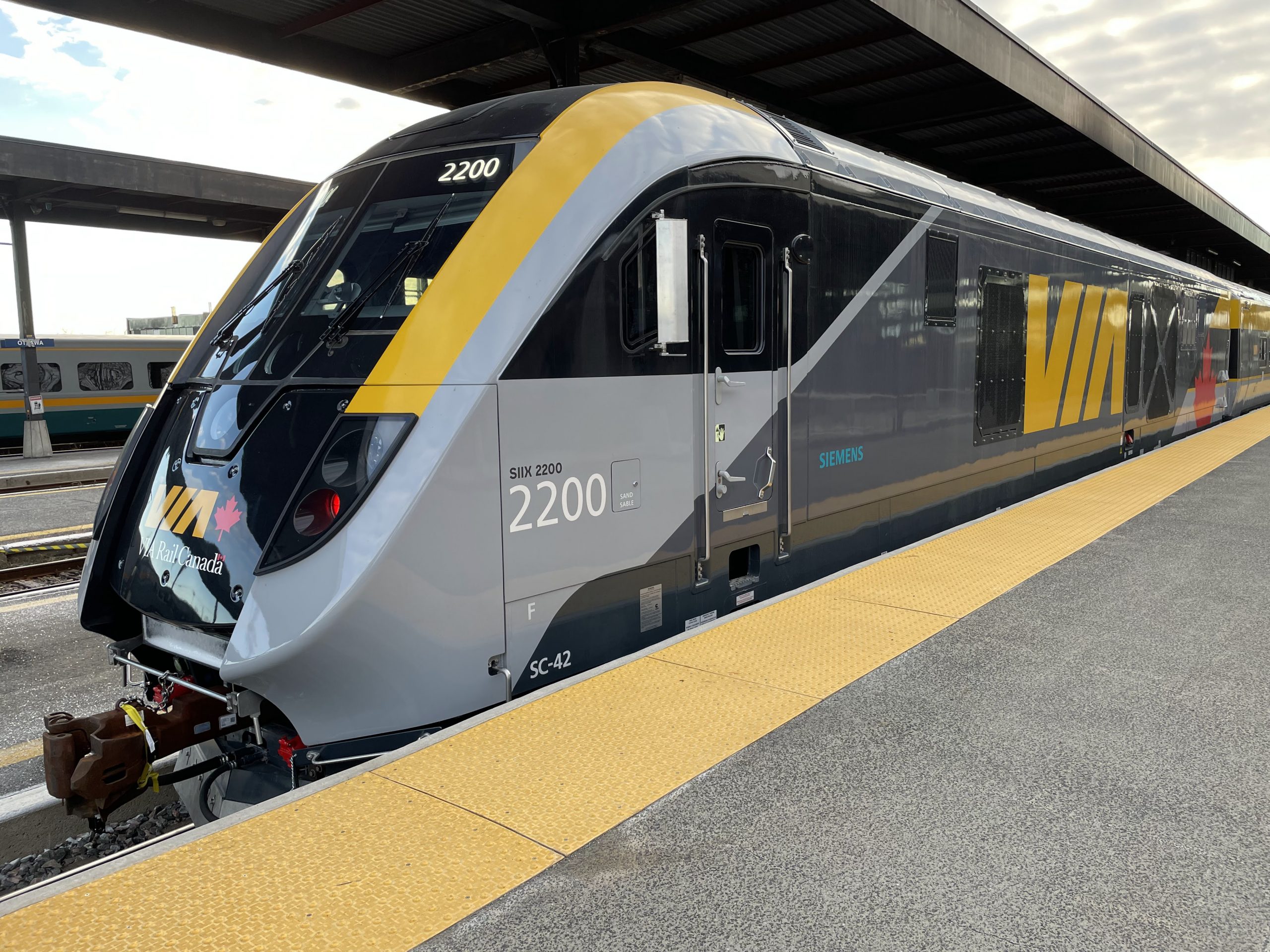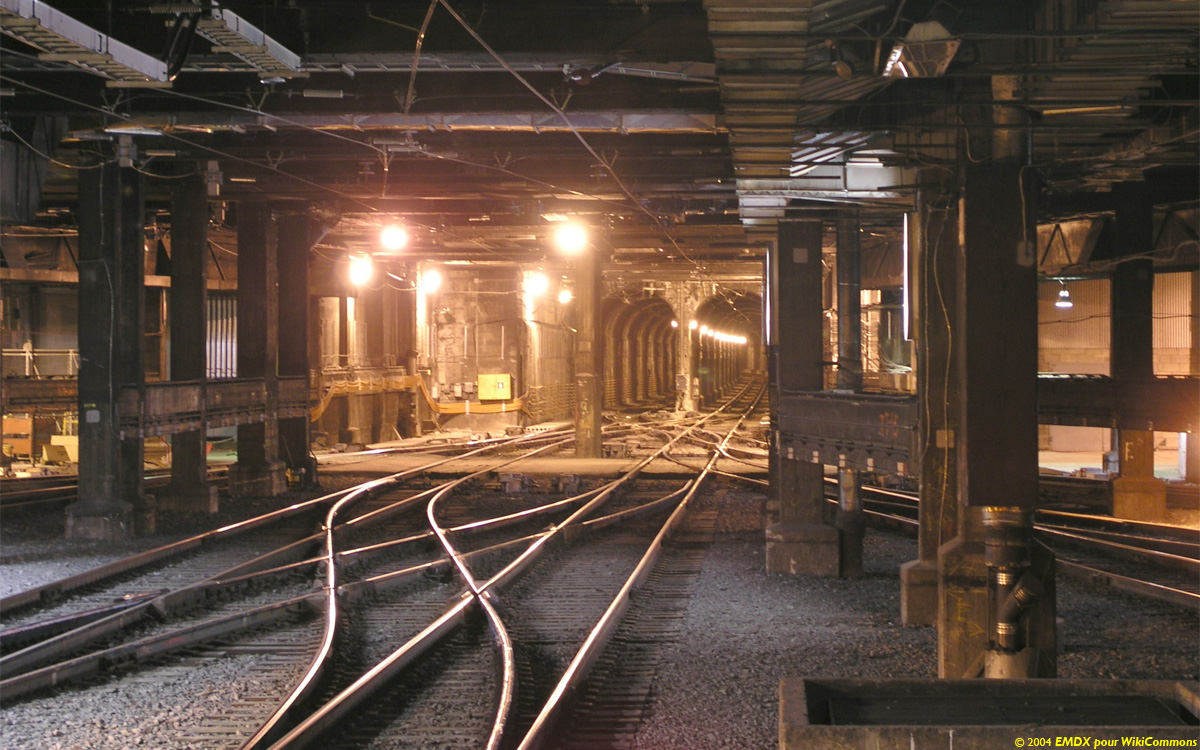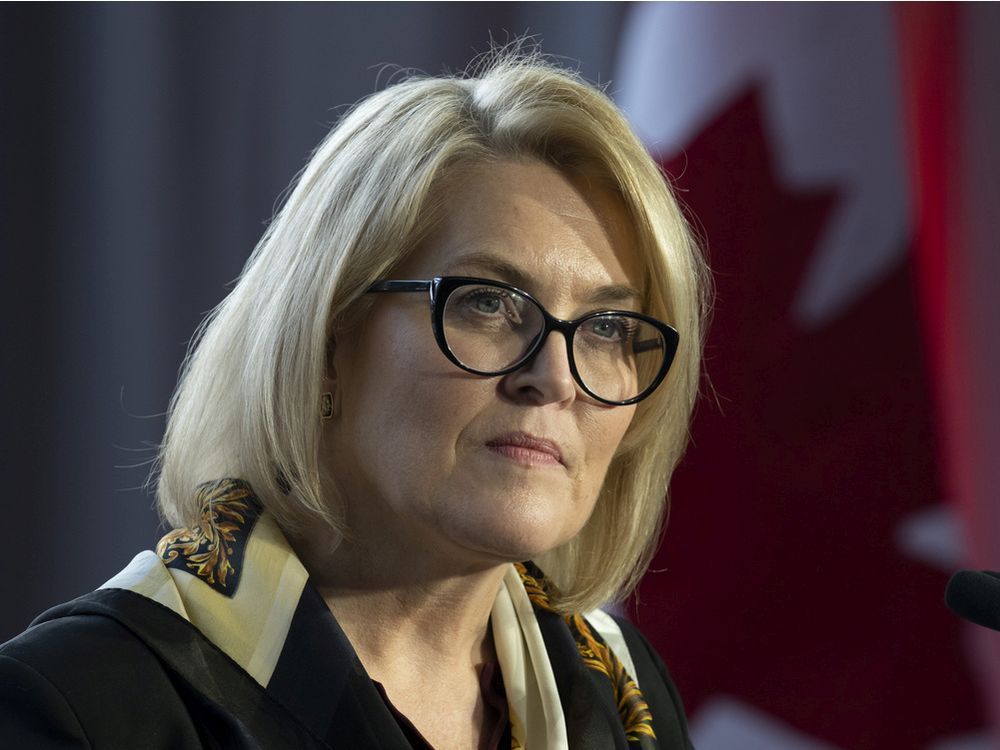This article was written before Paul released the redacted JPO report, but nothing in that report changes our analysis that a DBFOM is deeply problematic. After all, they redacted the whole DBFM vs DBFOM analysis that could have made their case, and the whole section on the future of VIA.
Transport Action is concerned that the recent scope changes put the entire High Frequency Rail project in jeopardy due to the significant cost escalation, and we are very disappointed that a final decision to proceed is unlikely to be made before the next federal election in 2025, despite the...

www.transportaction.ca
The report keeps mentioning an "Option 2" route, giving hints that it is not the O&Q alignment originally proposed, allowing more 110 mph+ running, while suggesting that grade crossings are still more of a problem for 125 mph running than the Minister's announcement indicated. This section is particularly telling:
Without actually seeing Option 2, much less a comparison with other options, with there's no way for stakeholders to arrive at an informed opinion about it one way or another. "Desktop review" is often consultant speak for not having done very much at all.
Neither does the redacted report provide much clarity on the route to be taken on Island of Montreal, where the REM has left VIA (or rather Transport Canada now) with a lot of options, but no good ones. In the absence of transparency, we've conducted our own "desktop review" of the options (made some fantasy maps) based on what's been discussed here, on other forums, and in messages sent to Transport Action:
While the federal government has announced its intention to proceed with HFR, key questions remain unanswered. Untangling the route through Montreal is one of them. We examine some possible route options.

www.transportaction.ca
Terry Johnson
President, Transport Action Canada







